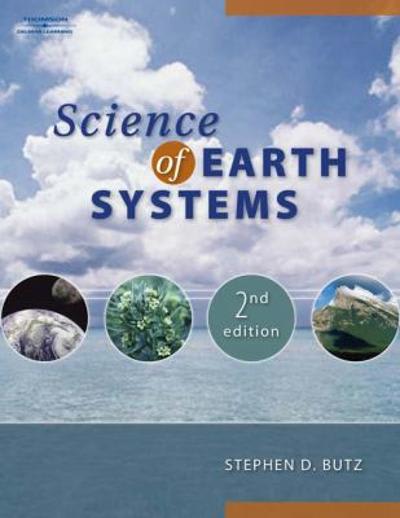Question
Prelab questions: Electric Potential 1. Write definitions of the terms electric potential energy, electric potential, and potential difference, in words not equation form. 2. Suppose
Prelab questions: Electric Potential
1. Write definitions of the terms electric potential energy, electric potential, and potential difference, in words not equation form. 2. Suppose that a positive charge Q1 is held in place. A negative charge Q2 starts very far away and moves towards Q1. Draw a free body diagram for Q2 at its initial position and when it is halfway to Q1. 3. As Q2 approaches Q1 does the electric field acting on Q2 increase, decrease or stay the same? The force acting on Q2? The work done by the electric field on Q2? The electric potential at the position of Q2? The electric potential energy of the system of Q1 and Q2?
Prelab questions: Electric Field of Parallel Plates 1. Write down an equation that relates electric field to electric potential. 2. Draw two parallel plates, with the length of the plates a few times larger than the distance between the plates. In this experiment, two parallel plates will have opposite charges. Label one place +Q and the other plate -Q. 3. In the textbook (p. 456), it was stated that the electric field for a large flat plate of positive charge points perpendicular to the plate and that the magnitude of the electric field does not depend on distance from the plate. If you did Experiment #52, you may also have observed these facts about the electric field of a plate. At a point A halfway between the two plates, draw an electric field diagram, including vectors for the electric field created by each plate. 4. Draw another set of plates. Find the net electric field at the point A and draw the net electric field vector on your new diagram. 5. For each of the following points, draw an electric field diagram on your first set of plates, find the net electric field, and draw the net electric field vector on your second set of plates. Point B - Between the plates, closer to the +Q plate Point C - Between the plates, closer to the -Q plate Point D - Outside of the plates
Step by Step Solution
There are 3 Steps involved in it
Step: 1

Get Instant Access to Expert-Tailored Solutions
See step-by-step solutions with expert insights and AI powered tools for academic success
Step: 2

Step: 3

Ace Your Homework with AI
Get the answers you need in no time with our AI-driven, step-by-step assistance
Get Started


